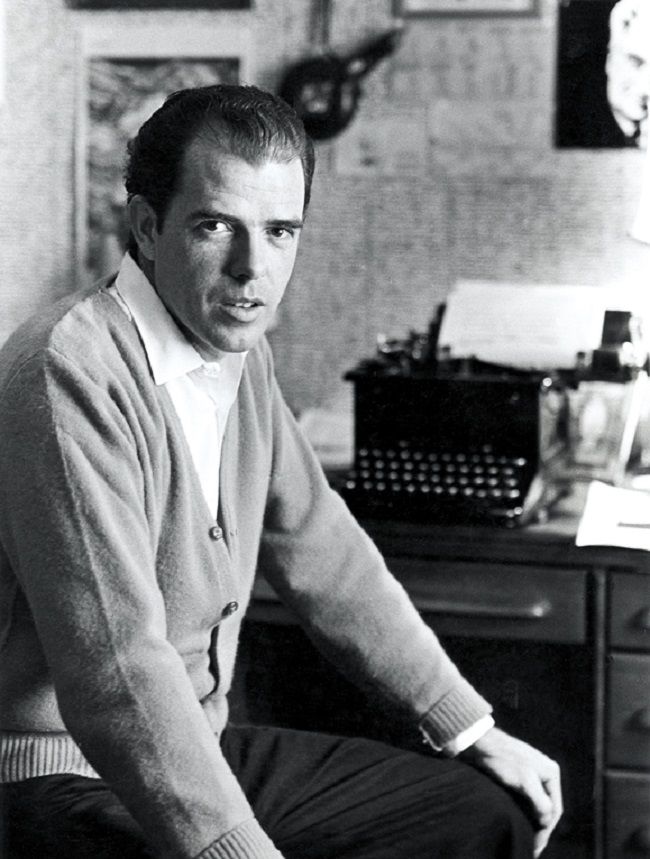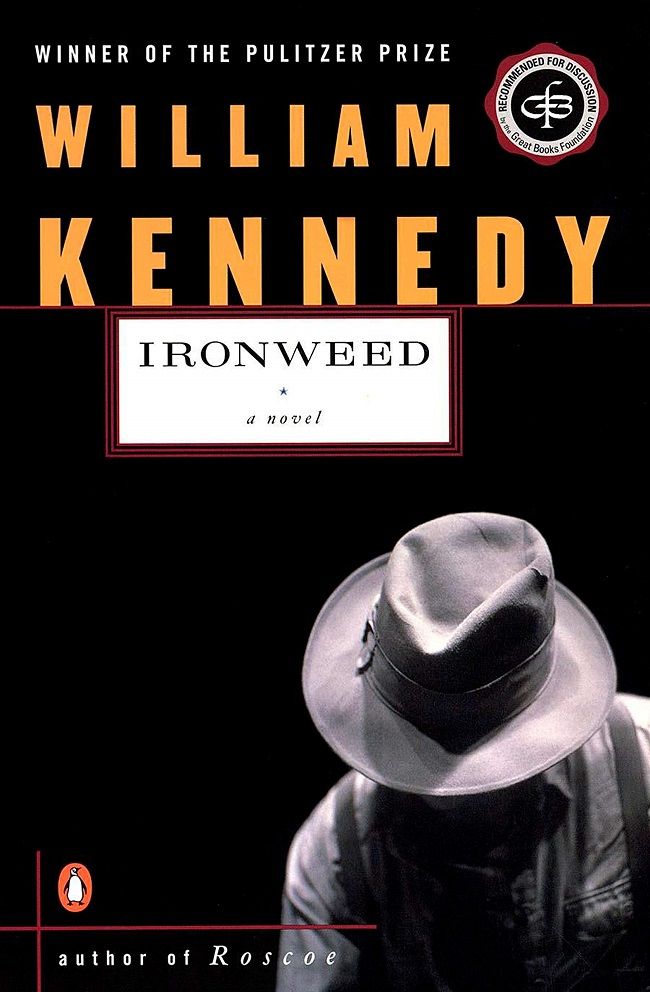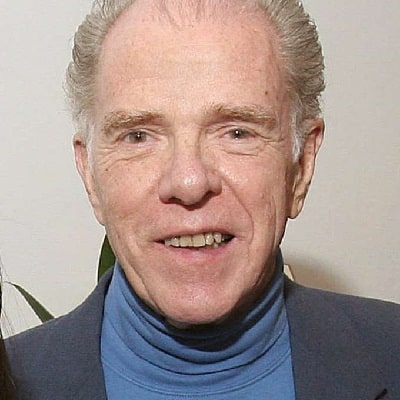Table of Biography
William Kennedy is an American celebrated writer. William Kennedy is popular for his books “Ironwood”, “The Cotton Club”, and “The Ink Truck” among other novels. He also worked as a journalist before dwelling in the fictitious world of books. Many of his novels feature the interactions of members of the fictional Irish-American Phelan family in Albany, New York.
Early Life and Childhood
William Kennedy’s full name is William Joseph Kennedy. He was born on January 16, 1928, in Albany, New York. He is currently 93 years old. His parents are father William Joseph and Mary Elizabeth (McDonald) Kennedy. They were descended from Irish immigrants who had settled in North Albany in the 19th century.
Author Kennedy grew up in an Irish-Catholic neighborhood known locally as the North End or Limerick. As a child, he served as an altar boy at the Sacred Heart Church and dreamed of one day becoming a Catholic priest.
Furthermore, many of Kennedy’s relatives held political jobs. His great-grandfather, “Big Jim” Carroll, served as a ward leader. His father worked the polls for the machine and occasionally took him to Democratic Party rallies. Two of his mother’s brothers also served as political operatives.

Caption: William Kennedy during his youth in the year 1967. Source: Irish American Magazine
Education
William Kennedy attended grade school at Public School 20. While in the seventh grade, he became fascinated by the world of print journalism. He began drawing cartoons and even started his newspaper. Upon entering high school at the Christian Brothers Academy, he wrote articles for the school newspaper.
Later, he also attended Christian Brothers Academy. Kennedy then left Albany after high school and enrolled at nearby Siena College in upstate New York, Loudonville. He graduated with a degree in BA in the year 1949. He became the executive editor of Siena News, the college newspaper. Further, Willaim Kennedy enrolled in a creative writing class taught by the acclaimed novelist Saul Bellow at the University of Puerto Rico at Rio Piedras.
William Kennedy – Net Worth 2023
Moving on, this successful writer has earned a hefty amount of money throughout his career. He has a net worth of 38 million dollars as of 2022.
Relationship Status
William Kennedy is a married man. While he was working in Puerto Rico, he met Ana Daisy (Dana), Segarra. She was a dancer, singer, and actress. The lovebirds later married each other in Puerto Rico in 1957, but sadly their exact marriage date is not available. They have three children together and their names are Dana, Katherine, and Brendan. At present, he resides in Averill Park, New York, a hamlet about 16 miles east of Albany.
Career and Professional Life
Journalism
After earning his degree, Kennedy took a job as a sports editor and columnist for the Glens Falls Post Star. In the year 1950, he was drafted into the U.S. Army and assigned to the Fourth Division in Europe. But his journalistic skills did not go to waste during his time in the Army either. He worked on the division’s newspaper until his discharge in 1952.
Later, he returned to his hometown in 1952 and secured a job at the Albany Times-Union. He worked with the Union for the next four years but later he accepted an offer to work for the Puerto Rico World Journal. Unfortunately, after nine months, the paper went out of business and this left him temporarily out of work.
He eventually got a job at the Miami Herald and lived in Miami for a period but he returned to Puerto Rico in 1957. After working in Puerto Rico for two years, he became the first managing editor of a new paper, the San Juan Star.
Writing
After his marriage in Puerto Rico, he also began turning his attention to writing fiction. This was when he enrolled in a creative writing class taught by Saul Bellow. Bellow was very impressed with Kennedy’s early attempts at fiction and hence encouraged him to continue developing his talent.
For some time, he tried to write stories about Puerto Rico. However, he found it difficult to write authoritatively about this country without sounding like a tourist. He soon found his muse which urged him to the more familiar ground of his native Albany. Two years after working with the San Juan Star, he quit journalism altogether. He did it to concentrate on his creative writing instead.
Moving back to Albany
Willaim Kennedy moved back to Albany in the year 1963. He was 35 years old and he had already climbed as high as he had ever aspired in the world of print journalism. However, Kennedy’s father’s health was deteriorating and hence he instead accepted a job as a part-time feature writer at the Albany Times-Union. He did so to pay the bills while he worked on his creative endeavors.
He first earned public acclaim for a series of features he crafted about his home city, its history, politics, and colorful characters. These pieces later served as the genesis for Kennedy’s 1983 collection O Albany! In the year 1965, he was nominated for a Pulitzer Prize for a series of articles he wrote about Albany’s poor neighborhoods.
The world of book reviewing was another lucrative avenue for his writing talents. From the year 1964 to 1972, he contributed 37 reviews to the National Observer. In the early 1970s, he also wrote for prestigious national publications like Life, The New Republic, Saturday Review, and the New York Times. Despite all these successes, he was convinced that his real interest was in writing novels.
Early Novels
In the year 1969, he realized his dream when he published his first novel, The Ink Truck. This book follows the exploits of Bailey, a columnist embroiled in a newspaper strike. Similarly, the book is inspired by a real-life labor dispute at the Times-Union.
In his first book, he weaved into the narrative many of his observations about Irish Catholic life in Albany. He did so by working in a sardonic prose style. Critics generally lauded The Ink Truck as a promising first novel, though they pointed to its somewhat sloppy construction and artistic debt to previous authors as shortcomings.
Later, he turned to Albany’s history for inspiration. It was his next work that combined history, fiction, and black humor. Legs, published in 1975, told the story of the final days of gangster Jack “Legs” Diamond. He died in a shootout with his enemies in an Albany boarding house in the year 1931.
The prohibition-era Albany helped set the settings for his next novel, Billy Phelan’s Greatest Game, published in 1978. However, the milieu he chose to explore was closer to home and did not require such extensive research. It was the Democratic machine politic. This book is told from the point of view of a journalist, Martin Daugherty, and revolves around the unsuccessful attempt to kidnap the son of a prominent political boss.
Major Works
After five years of publishing Billy Phelan’s Greatest Game, he completed Ironweed. This novel is set in the Depression-ravaged Albany of 1938. It traces the dissolute wanderings of Francis Phelan, the father of Billy from Kennedy’s previous novel.

Caption: The cover of William Kennedy’s book “Ironweed”. Source: Amazon
His publisher, Viking Press, initially rejected the manuscript for Ironweed. They did so because it would not sell. Thirteen other publishing houses also did the same as Viking. This prompted his old friend and mentor, Saul Bellow, to intervene. He wrote a scathing letter to Viking executives urging them to publish Ironweed. Saul also assured them that the book would be both a commercial as well a critical success.
Vikings went with Saul’s advice and published Ironweed. The book became a masterwork and received both the Pulitzer Prize and the National Book Critics Circle Award for “Fiction”. The novel sold 100,000 copies in two years. The novel’s artistic achievement earned him a MacArthur Foundation grant worth $264,000 over five years. He was still a struggling novelist at the time, who had labored in relative obscurity. After this novel, he was now a literary celebrity with the financial security he had long desired.
After Ironwood
He did not take a rest even after the success of Ironwood. Instead, he returned immediately to the life of letters, accepting the appointment by New York governor, Mario Cuomo, to head a New York State Writers Institute. He published O Albany! in 1983. It is a collection of his new and old essays about his home city. Later in 1987, he wrote the screenplay for a film version of Ironweed and Hector Babenco directed the movie.
He began referring to his books as part of a cycle in which all the events and characters were somehow interconnected. He set his 1988 novel, Quinn’s Book, in Civil War-era Albany and featured characters related to those in his previous novels. Another book, Very Old Bones, published in 1992 expanded on the history of the Phelan family.
Achievements in the 90s
In 1993, William Kennedy was elected to the American Academy of Arts and Letters. It is a group of 250 prominent American artists, architects, writers, and composers. His non-fiction collection, Riding the Yellow Trolley Car, also appeared the same year. It comprised of essays, memoirs, reviews, and reportage from his days as a reporter for the Albany Times-Union.
Three years later, he diversified his artistic portfolio with his first play, Grand View. The play premiered at Capital Repertory Company in Albany. The play dramatized the clash between the two major political parties vying for control of Albany’s government.
In addition, he has also co-authored two children’s books with his son Brendan. They are Charlie Malarkey and the Belly Button Machine published in 1986 and Charlie Malarkey and the Singing Moose published in 1993.
He returned to his familiar context for the next novel in the cycle. It was 1996’s The Flaming Corsage. The book spans the period from the 1880s to 1912. It concerns a tragic couple: Edward Daugherty, a brilliant playwright, and his equally headstrong wife, Katrina.
Awards and Honors
William Kennedy received the 1984 Pulitzer Prize for Fiction for his novel Ironweed. He then won the National Book Critics Circle Award for the same book. Similarly, in the year 2001, he also received the Peggy V. Helmerich Distinguished Author Award from the Tulsa Library Trust. Later, he received the Fitzgerald Award for “Achievement in American Literature” award in 2007. They give this award annually in Rockville, Maryland. It is the place of burial of F. Scott Fitzgerald, his wife, and his daughter.

Caption: William Kennedy was the guest of honor in 2011 at a special toast at a popular Theater District eatery, Trattoria Dopo Teatro. (L-R) Guiseppe Manica, Dana, William Kennedy, and Barbara Ligeti. Source: Broadway World
Besides awards, he has also received numerous honorary degrees. The Chancellor of the State University of New York presented him with the inaugural SUNY Medallion of Distinction in May 2012. Since then, he joined the ranks of the SUNY Distinguished Academy as a board-appointed Distinguished Professor.
Later, he also lectured in creative writing and journalism from 1974 to 1982 at the University of Albany, becoming a full professor in 1983. In addition, he also taught writing as a visiting professor at Cornell University during the 1982–1983 academic year.
William Kennedy – Body Measurements
There is no information regarding William Kennedy’s body measurement details. His height, weight, chest-waist-hip, biceps, dress size, shoe size, etc. are still unknown. He has natural light brown hair, which eventually turned white due to aging. Similarly, his eye color is dark brown.




